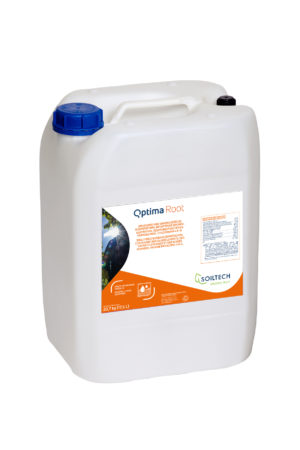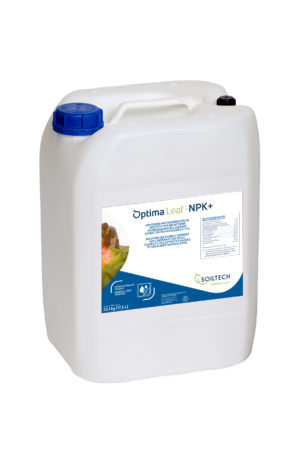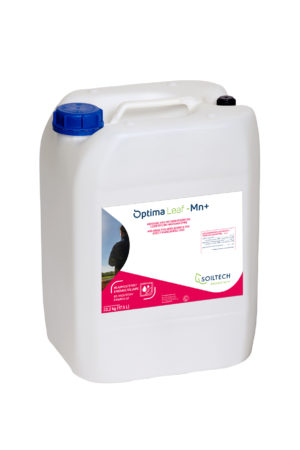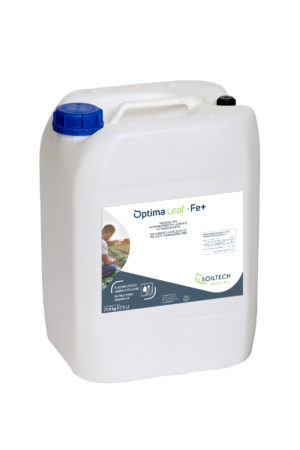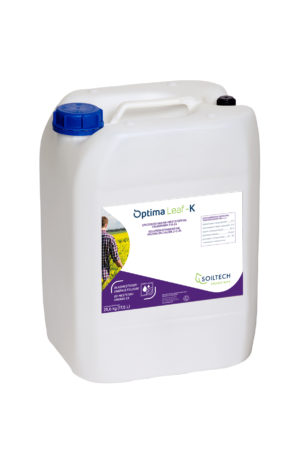Leeks are one of the most widely cultivated vegetable crops in The Netherlands, grown on an area that extends to about 2500 hectares. The vast majority (about 90%) is grown on sandy soils. This crop is also widely grown in the UK, France and Germany. Leeks are traditionally considered to be a typical autumn vegetable, but by spreading planting dates, a year round supply of leeks can be ensured. The varieties are classified according to the seasons; summer, autumn and winter leeks. The first plants are planted in early March and harvested as summer leeks from June. The last batch of leeks are planted in early August and are harvested as late winter leeks after the winter months until May.
Select a stage for more information
Soil preparation
Soiltech does not offer any specific products for this stage.
Planting
After preparing a planting bed, planting holes are drilled mechanically to a depth of about 18 cm, the perfect depth for obtaining a nice white straight leek shaft. It is important to water the beds immediately after planting with a generous amount of water to ensure good anchoring of the planting material.
This work can be ideally combined with the application of Optima Root.
Optima Root is a special combination of fertilisers, growth promoters and vitamins that stimulates root growth and shoot development. Optima Root ensures that the young leek plants take root and grow well.
Advice at this stage
Spraying - Optima Root: 1 x 10 l/ha at/immediately after planting or 2 x 7 l/ha (interval of ~14 days).
Relevant products
Foliage development
Once the roots of the leek have established, the plant invests it energy in foliage development. As leek is a leaf crop, this is when the foundation is laid for the final harvestable yield. For optimal photosynthesis, it is important to encourage the plants to produce chlorophyll. Sufficient sunlight, water, nitrogen, magnesium, manganese and iron stimulate chlorophyll formation.
Foliage development mainly occurs in the second half of the growing season. Excessive wet periods present a high risk of nutrients leaching out of the soil. It is worthwhile providing nutrients in the form of a foliar application at this stage of growth. The Soiltech foliar fertiliser range with organically complexed elements is the ideal solution:
Advice at this stage:
Foliar application - Optima Leaf-Mn: 1.0 litres/ha
Foliar application - Optima Leaf-Fe: 1.0 litres/ha
Relevant products
Maturity
In the final stage of leek growth, it is important to ensure an optimal build up and transport of sugars in the plant. After nitrogen, potassium is the second more important requirement of leeks. Depending on the season and leek variety, leeks uptake about 120 to 240 kg K2O from the soil. A plant is only able to absorb potassium ions (K+) from the soil in a soluble form in soil moisture. Too wet conditions will cause potassium to leach out relatively easily (especially on sandy soils) and dry conditions reduce the availability of potassium.
If a potassium deficiency occurs during this period, it has a very adverse effect on the quality and yield of the produce to be harvested. This makes applying extra potassium now in the form of a foliar fertiliser a very interesting option.
Especially for these applications, Soiltech has formulated Optima Leaf-K. This consists of organically complexed potassium. Unlike other potassium foliar fertilisers, Optima Leaf-K has a relatively low EC, a neutral pH and has good miscibility with other substances.
Advice at this stage:
Foliar application - Optima Leaf-K: 5 litres/ha – 3 applications with an interval of ~14 days
Relevant products
Post-harvest
Soiltech does not offer any specific products for this stage.
